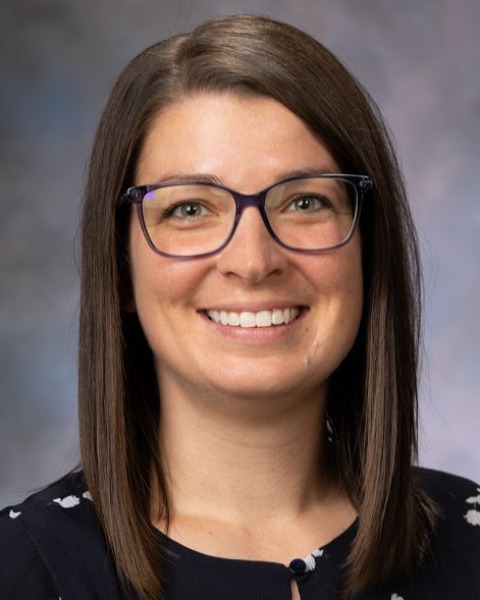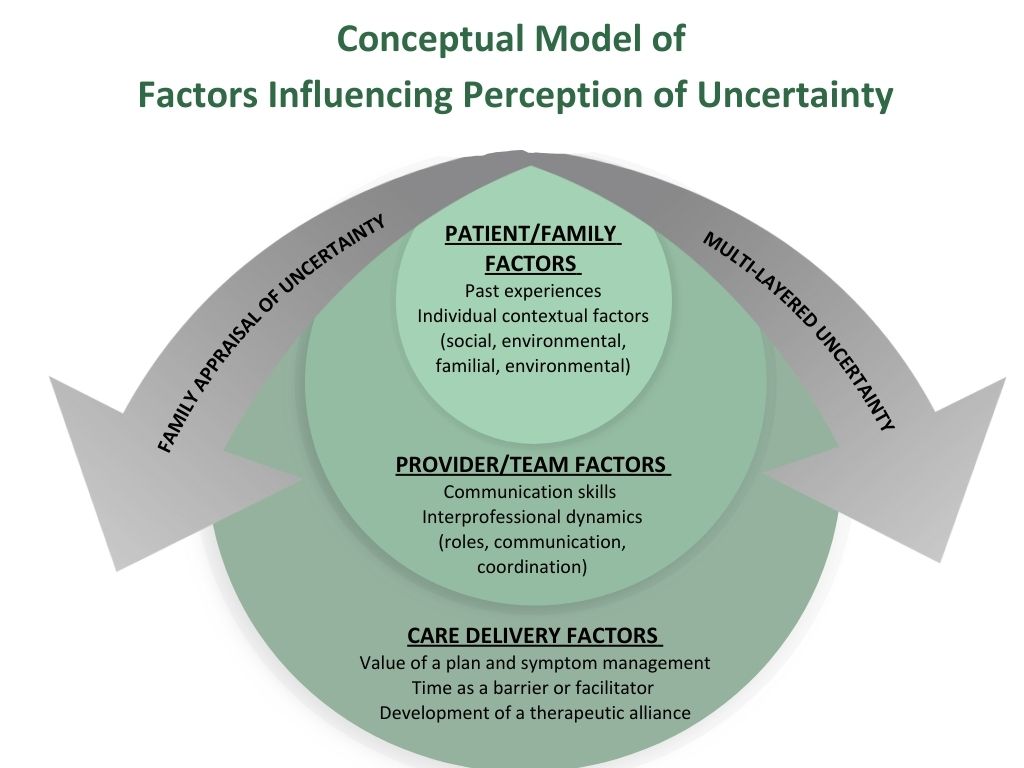Hospital Medicine 4: Medical Education
Session: Hospital Medicine 4: Medical Education
156 - Exploring Caregivers' Perceptions of Conversations Regarding Diagnostic Uncertainty on a Pediatric Hospital Medicine Service
Sunday, April 27, 2025
8:30am - 10:45am HST
Publication Number: 156.4922
Emily A. Kramer, Nationwide Children's Hospital, Columbus, OH, United States; Anna M.. Kerr, Ohio University Heritage College of Osteopathic Medicine, Dublin, OH, United States; Suzanne Reed, Nationwide Children's Hospital, Columbus, OH, United States

Emily A. Kramer, DO (she/her/hers)
Pediatric Hospital Medicine Fellow
Nationwide Children's Hospital
Columbus, Ohio, United States
Presenting Author(s)
Background: Pediatric hospitalists often care for children with symptoms that cannot be attributed to a unifying diagnosis. Studies have examined how providers experience this diagnostic uncertainty; however, very little research has explored caregivers' perceptions of conversations regarding diagnostic uncertainty.
Objective: To explore caregivers' perceptions of conversations regarding diagnostic uncertainty during hospitalization on a pediatric hospital medicine service.
Design/Methods: This qualitative study was conducted in a large academic children’s hospital. We conducted semi-structured interviews with a purposive sample of 15 caregivers during their child’s hospitalization. Participants were identified through direct observation of family-centered rounds and selected using four inclusion criteria. Our interview guide explored the development and progression of symptoms, communication with healthcare providers, and caregivers’ understanding of their child's condition and prognosis. Interviews were recorded, transcribed, and manually de-identified. Dedoose was used for data management. Researchers independently reviewed and coded transcripts and any disagreements were resolved by consensus.
Results: Thematic saturation was reached after 12 interviews. Participant demographics are listed in Table 1. Themes (Table 2) were organized based on patient/family factors, provider/team factors, and care delivery factors that influence caregivers’ perception of uncertainty. Caregivers' stories demonstrated the importance of understanding patient and family expectations and individual contextual caregiver factors, such as external stressors and personal risk tolerance or intolerance. Provider factors influencing parents’ experiences with diagnostic uncertainty included physician communication skills and interprofessional dynamics, such as role designation, seamless communication, and coordination. Care delivery insights included the overwhelming emphasis of the importance of a plan and symptom management, time as a barrier and facilitator, and the development of a therapeutic alliance. Overarching themes were the complex, multi-layered nature of uncertainty in medicine and family appraisal of uncertainty.
Conclusion(s): In this study, we identified several factors unique to the caregiver, medical team, and healthcare system that impact a caregiver's experience with diagnostic uncertainty during hospitalization. This knowledge can be used to improve communication with families when children are admitted with an unknown diagnosis.
Table 1. Characteristics of Participating Caregivers

Table 2. Representative quotations of factors that influence caregivers' experience with and perception of uncertainty.
.png)
Image 1. Conceptual model of factors influencing perception of uncertainty during an acute hospitalization


